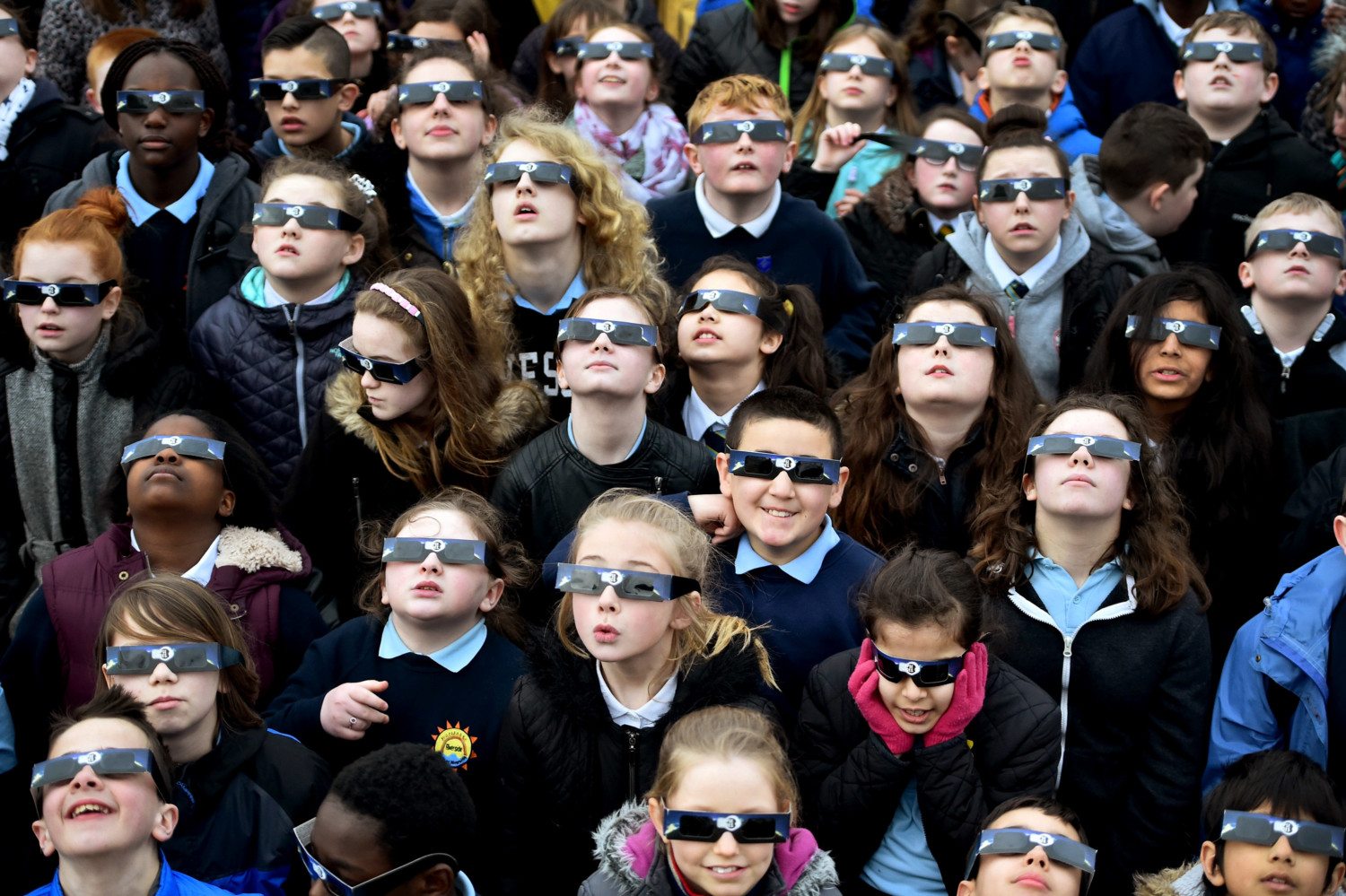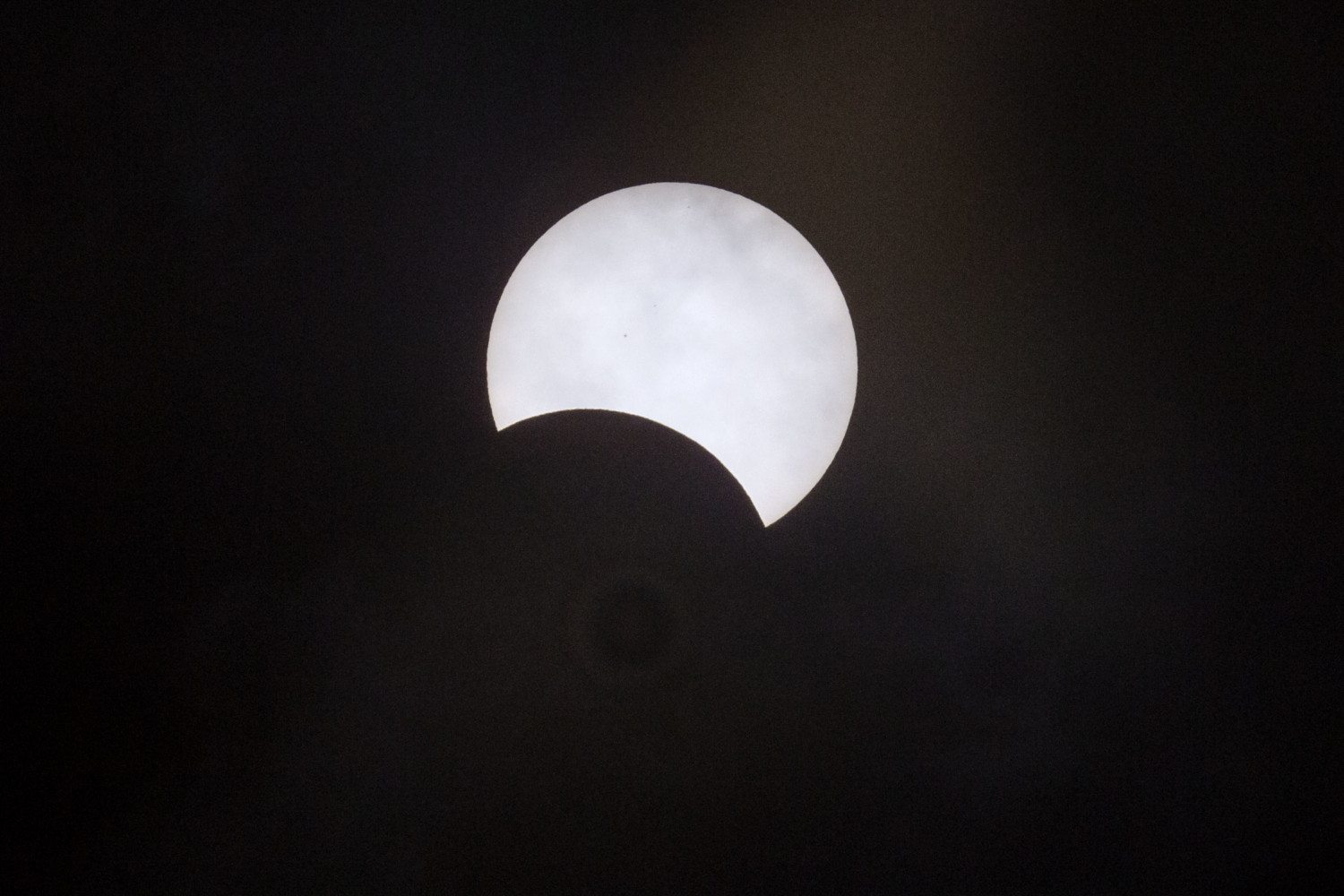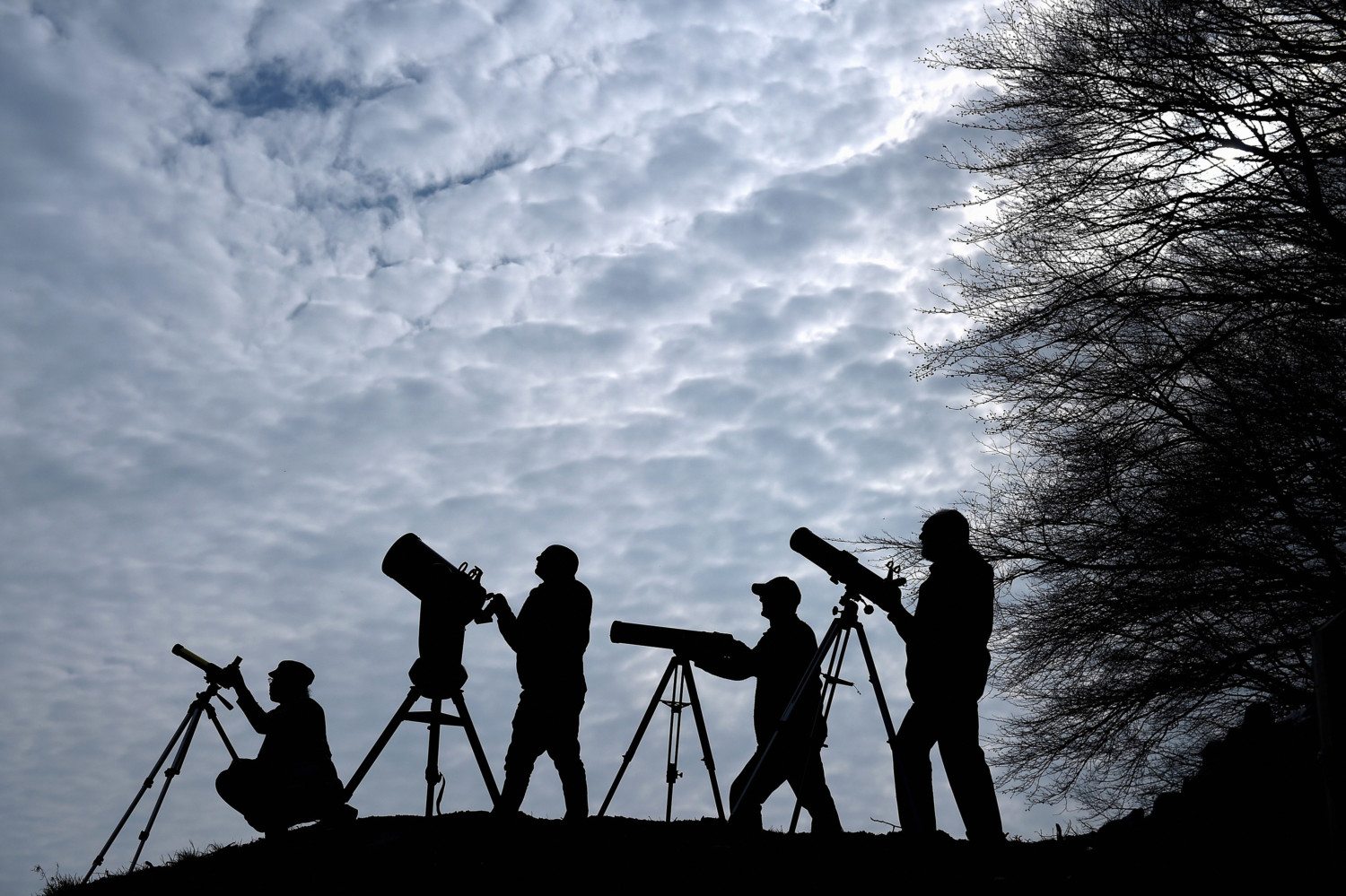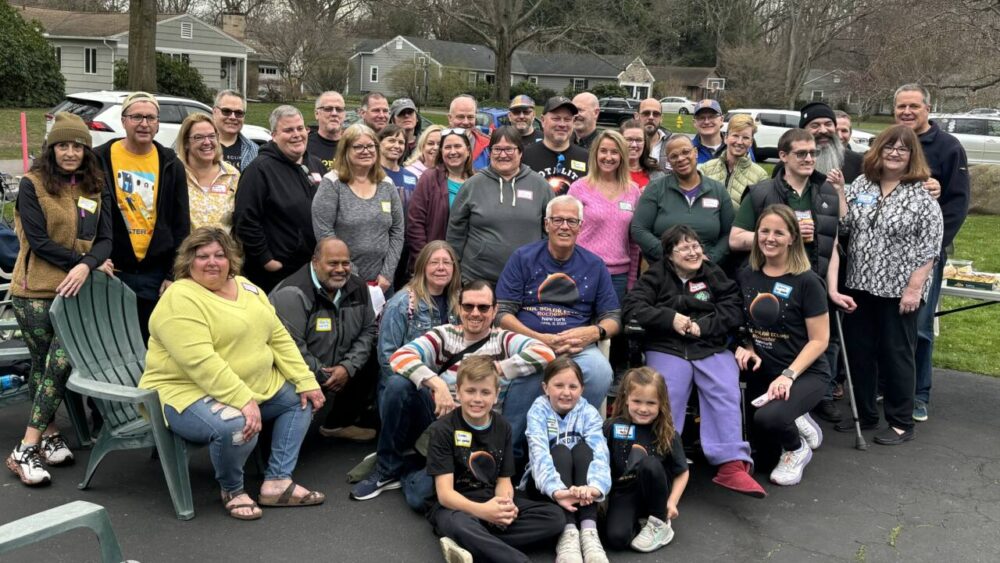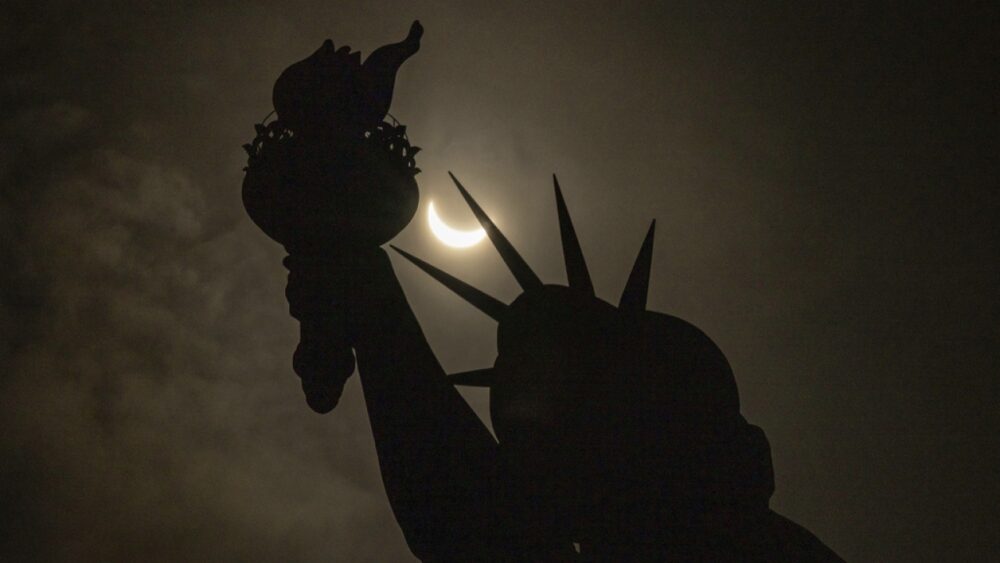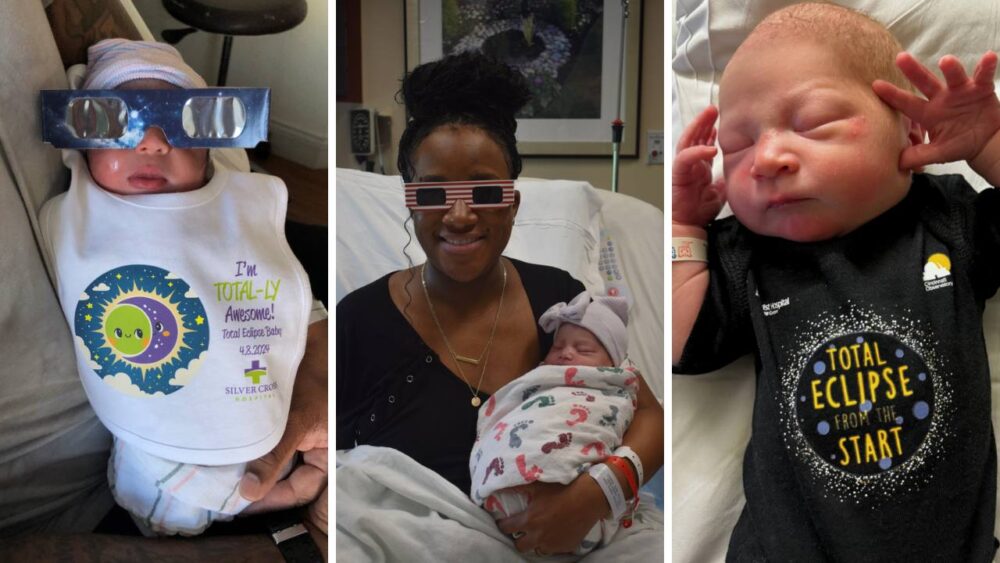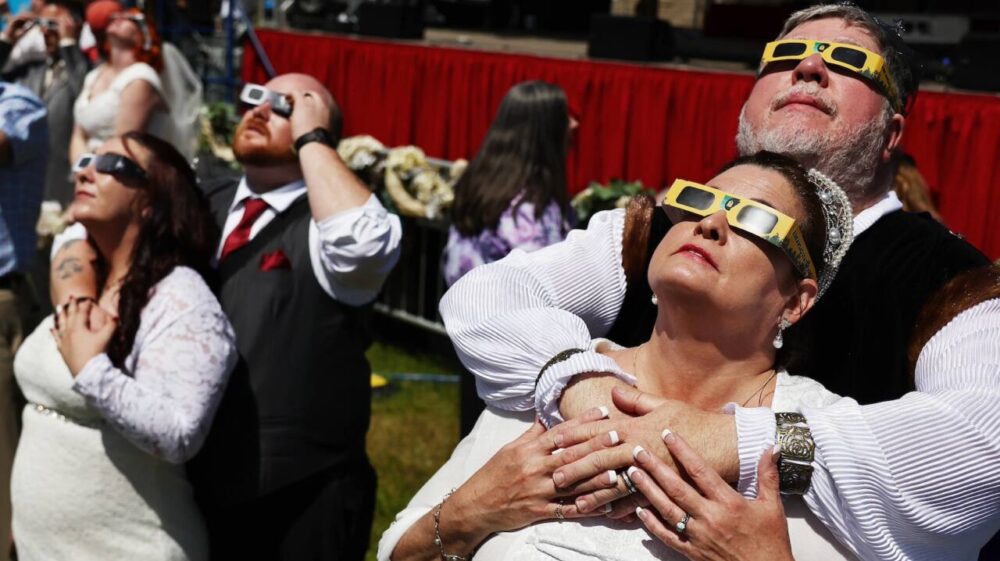Protect your eyes while you watch the solar eclipse
On Aug. 21, a total solar eclipse (meaning the sun will be completely blocked by the moon for almost three minutes) will pass through 14 states from Oregon to South Carolina. Dubbed the “Great American Eclipse,” the celestial event is highly anticipated, not having occurred in the mainland United States since 1979.
While the eclipse is sure to be a sight not to miss, experts warn of the potential dangers associated with looking directly at the sun.
“The danger is real for permanent vision loss,” Dr. Russell N. Van Gelder, a clinical spokesman for the American Academy of Ophthalmology, told TODAY.
The damage happens when the powerful light hits your retina, the light-sensitive tissue in the back of your eye. Although you cannot feel it, the damage can happen in a matter of seconds. When this happens, it’s known as solar retinopathy, which can include blind spots, distortions or loss of contrast in your central vision. Yikes!
There are ways to get a glimpse of the eclipse safely. But no, that doesn’t mean you can just throw on your normal sunglasses and look up at the sky. The protection offered by plain old shades is not strong enough to protect your eyes.
Instead, NASA recommends using special glasses specifically designed for eclipse viewing. According to the organization, the glasses must meet the SO 12312-2 international standard in order to be effective.
Five manufacturers currently meet the standard:
• TSE 17
• Baader Planetarium (AstroSolar Silver/Gold film only)
NASA also warns not to look at the eclipse through an unfiltered camera, telescope, binoculars or other optical device. If you don’t have the proper glasses, another way to safely view the eclipse is through “pinhole projection.”
For example, cross the outstretched, slightly open fingers of one hand over the outstretched, slightly open fingers of the other. With your back to the sun, look at your hands’ shadow on the ground. The little spaces between your fingers will project a grid of small images on the ground, showing the sun as a crescent during the partial phases of the eclipse.
For more information, visit the American Astronomical Society.


